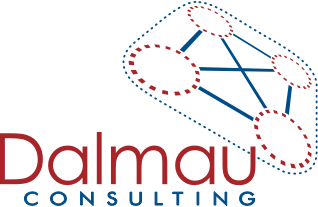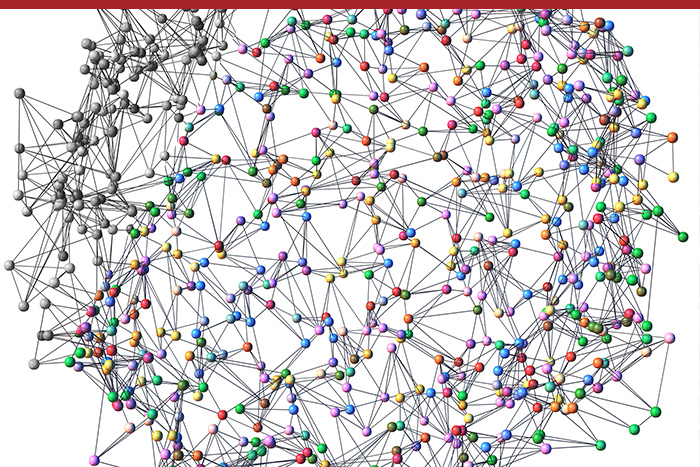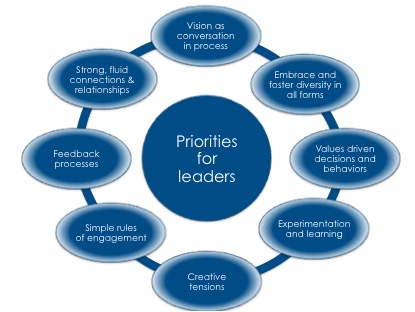A business reporter for the BBC recently posted a story that caught my eye. It was titled, Why businesses may need to start hiring biologists. (Click here to to watch the video). It attracted my attention because my initial training was as a biologist, and I had always thought that my background gave me many advantages and ways of understanding organizations, teams and people that I have come to work with. On the other hand I have not encountered many biologists in the business world except in organizations focused on the environment or perhaps healthcare.
At the heart of the matter is the notion that it can be be useful to view organizations and businesses as if they were complex adaptive systems, similar to those that we find in nature – from the Murray Darling Basin to a termite mound or our gut flora that we can make more sense of what we experience in businesses. The understandings from complexity science and viewing organizations as complex adaptive systems (CAS) allow us to lead and manage in more effective ways. The figure below presents in summary the key approaches that will allow us to influence and ‘dance’ with our organizations, rather than attempt (futilely) to control them.
Figure: Leadership from a Complex Adaptive System perspective
Vision as a conversation in process
Foster deep conversations continually and extensively about what the organization is about, its role in the world and where it is heading. Foster through these conversations a strong sense of unity of purpose.
Strong fluid connections and relationships
Focus on building strong relationships with people inside and outside the organization. Breakdown silos between groups – “the most effective way to change a linear structure and engage in non-linear processes is to attend to the non-linear world of relationships” (Regine & Lewin).
Being accessible, listening and being attuned to your people is part of building strong relationships. Foster changing and evolving, fluid forms of connection as fits the need and purpose
Embrace and foster diversity in all forms
Foster and seek out a diversity of ideas, views and approaches, backgrounds, perspectives and people
Values driven decisions and behaviors
Values are what are sometimes referred to as the ‘attractors’ in the system. An explicit set of shared priorities that are lived by all is important to the healthy functioning of the organizational system. These values then need to translated into social contracts that spell out the behaviors to be promoted and those to be avoided
Experimentation and learning
Encourage risk-taking and experimentation. But experimentation for its own sake is an indulgence. Workplaces should be places to experiment, make mistakes, reflect and learn!
Creative tension
Surfacing and dealing with the causes of tension in organizations, sparks creativity, and fosters flexibility and adaptation. Avoiding tensions and keeping things comfortable or safe is the pathway to organizational torpor.
Simple rules of engagement
In complex systems it is better to have a few simple rules for how people and parts of the system related rather than many that complicate
Feedback processes
Nurture strong feedback loops and the flow of information through the system, both short cycle and long cycle.








